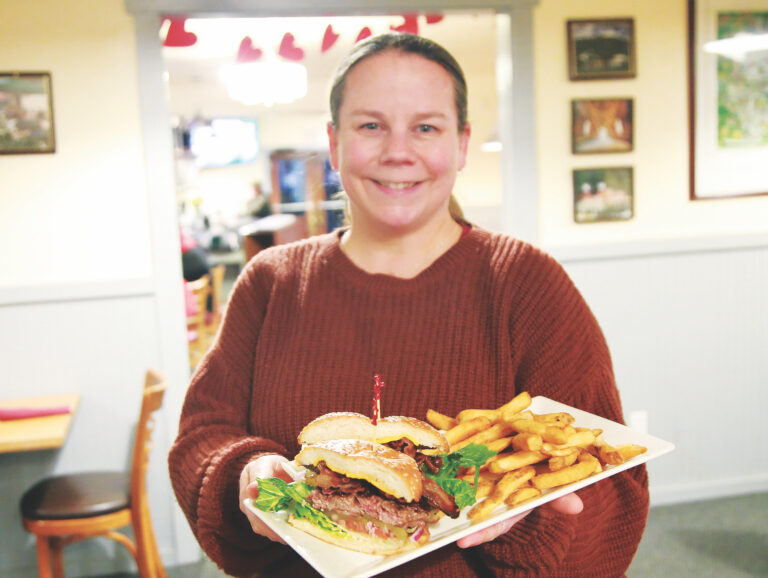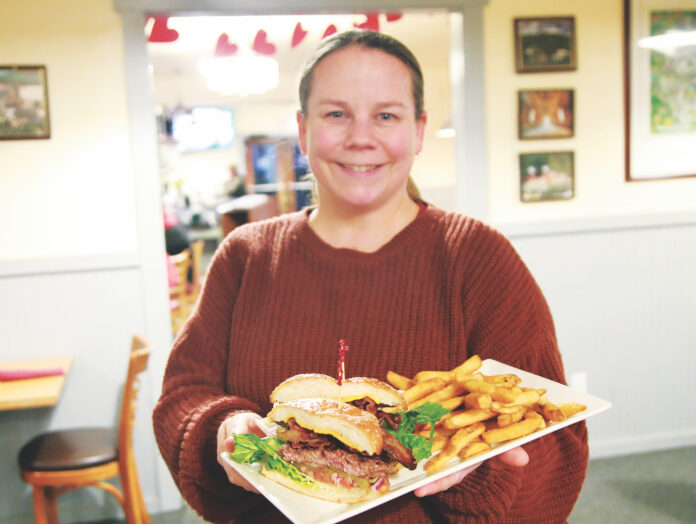ARIES (March 21-April 19): In 1993, I began work on my memoirish novel The Televisionary Oracle. It took me seven years to finish. The early part of the process was tough. I generated a lot of material I didn’t like. Then one day, I discovered an approach that liberated me: I wrote about aspects of my character and behavior that needed improvement. Suddenly everything clicked, and my fruitless adventure transformed into a fluidic joy. Soon I was writing about other themes and experiences. But dealing with self-correction was a key catalyst. Are there any such qualities in yourself you might benefit from tackling, Aries? If so, I recommend you try my approach.
TAURUS (April 20-May 20): Two Taurus readers complained that my horoscopes contain too much poetry and flair to be useful. In response, I’m offering you a prosaic message. It’s all true, though in a way that’s more like a typical horoscope. (I wonder if this approach will spur your emotional intelligence and your soul’s lust for life, which are crucial areas of growth for you these days.) Anyway, here’s the oracle: Take a risk and extend feelers to interesting people outside your usual sphere. But don’t let your social adventures distract you from your ambitions, which also need your wise attention. Your complex task: Mix work and play; synergize business and pleasure.
GEMINI (May 21-June 20): Astrologer Jessica Shepherd advises us to sidle up to the Infinite Source of Life and say, “Show me what you’ve got.” When we do, we often get lucky. That’s because the Infinite Source of Life delights in bringing us captivating paradoxes. Yes and no may both be true in enchanting ways. Independence and interdependence can interweave to provide us with brisk teachings. If we dare to experiment with organized wildness and aggressive receptivity, our awareness will expand, and our heart will open. What about it, Gemini? Are you interested in the charming power that comes from engaging with cosmic contradictions? Now’s a favorable time to do so. Go ahead and say, “Show me what you’ve got” to the Infinite Source of Life.
CANCER (June 21-July 22): “Only a lunatic would dance when sober,” declared the ancient Roman philosopher Cicero. As a musician who loves to dance, I reject that limiting idea—especially for you. In the upcoming weeks, I hope you will do a lot of dancing-while-sober. Singing-while-sober, too. Maybe some crying-for-joy-while-sober, as well as freewheeling-your-way-through-unpredictable-conversations-while-sober and cavorting-and-reveling-while-sober. My point is that there is no need for you to be intoxicated as you engage in revelry. Even further: It will be better for your soul’s long-term health if you are lucid and clearheaded as you celebrate this liberating phase of extra joy and pleasure.
LEO (July 23-Aug. 22): Poet Mary Oliver wondered whether the soul is solid and unbreakable, like an iron bar. Or is it tender and fragile, like a moth in an owl’s beak? She fantasized that maybe it’s shaped like an iceberg or a hummingbird’s eye. I am poetically inclined to imagine the soul as a silver diadem bedecked with emeralds, roses and live butterflies. What about you, Leo? How do you experience your soul? The coming weeks will be a ripe time to home in on this treasured part of you. Feel it, consult with it, feed it. Ask it to surprise you!
VIRGO (Aug. 23-Sept. 22): According to the color consultant company Pantone, Viva Magenta is 2023’s color of the year. According to me, Viva Magenta is the lucky hue and power pigment for you Virgos during the next ten months. Designer Amber Guyton says that Viva Magenta “is a rich shade of red that is both daring and warm.” She adds that its “purple undertone gives it a warmth that sets it apart from mere red and makes it more versatile.” For your purposes, Virgo, Viva Magenta is earthy and exciting; nurturing and inspiring; soothing yet arousing. The coming weeks will be a good time to get the hang of incorporating its spirit into your life.
LIBRA (Sept. 23-Oct. 22): If you are not working to forge a gritty solution, you may be reinforcing a cozy predicament. If you’re not expanding your imagination to conjure up fresh perspectives, you could be contributing to some ignorance or repression. If you’re not pushing to expose dodgy secrets and secret agendas, you might be supporting the whitewash. Know what I’m saying, Libra? Here’s a further twist. If you’re not peeved about the times you have wielded your anger unproductively, you may not use it brilliantly in the near future. And I really hope you will use it brilliantly.
SCORPIO (Oct. 23-Nov. 21): Storyteller Martin Shaw believes that logic and factual information are not enough to sustain us. To nourish our depths, we need the mysterious stories provided by myths and fairy tales. He also says that conventional hero sagas starring big, strong, violent men are outmoded. Going forward, we require wily, lyrical tales imbued with the spirit of the Greek word metis, meaning “divine cunning in service to wisdom.” That’s what I wish for you now, Scorpio. I hope you will tap into it abundantly. As you do, your creative struggles will lead to personal liberations. For inspiration, read myths and fairy tales.
SAGITTARIUS (Nov. 22-Dec. 21): Many astrologers don’t give enough encouragement to you Sagittarians on the subject of home. I will compensate for that. I believe it’s a perfect time to prioritize your feelings of belonging and your sense of security. I urge you to focus energy on creating serenity and stability for yourself. Honor the buildings and lands you rely on. Give extra appreciation to the people you regard as your family and tribe. Offer blessings to the community that supports you.
CAPRICORN (Dec. 22-Jan. 19): If you are like 95 percent of the population, you weren’t given all the love and care you needed as a child. You may have made adaptations to partly compensate for this lack, but you are still running a deficit. That’s the bad news, Capricorn. The good news is that the coming weeks will be a favorable time to overcome at least some of the hurt and sadness caused by your original deprivation. Life will offer you experiences that make you feel more at home in the world and at peace with your destiny and in love with your body. Please help life help you! Make yourself receptive to kindness and charity and generosity.
AQUARIUS (Jan. 20-Feb. 18): The philosopher Aldous Huxley was ambitious and driven. Author of almost 50 books, he was a passionate pacifist and explorer of consciousness. He was a visionary who expressed both dystopian and utopian perspectives. Later in his life, though, his views softened. “Do not burn yourselves out,” he advised readers. “Be as I am: a part-time crusader, a half-hearted fanatic. Save the other half of yourselves for pleasure and adventure. It is not enough to fight for the land; it is even more important to enjoy it.” Now I’m offering you Huxley’s counsel, Aquarius. As much as I love your zealous idealism and majestic quests, I hope that in the coming weeks you will recharge yourself with creature comforts.
PISCES (Feb. 19-March 20): Piscean author and activist W. E. B. Du Bois advised us to always be willing to give up what we are. Why? Because that’s how we transform into a deeper and stronger version of ourselves. I think you would benefit from using his strategy. My reading of the astrological omens tells me that you are primed to add through subtraction, to gain power by shedding what has become outworn and irrelevant. Suggested step one: Identify dispiriting self-images you can jettison. Step two: Visualize a familiar burden you could live without. Step three: Drop an activity that bores you. Step four: Stop doing something that wastes your time.
Homework: What’s something you’d be wise to let go of? What’s something to hold on to tighter? Newsletter.FreeWillAstrology.com






















